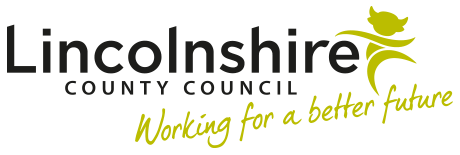Alternative formats
We will provide information in alternative formats, where appropriate, using the most suitable method. This will include translation and interpretation.
Translation and interpretation relate to more than the different languages that are spoken in our community. Some people will need information to be translated into alternative formats.
Interpretation
Interpretation deals with spoken communication or sign language. Interpretation is carried out by an interpreter, converting one language into another.
Some examples of how we will use interpretation are:
British Sign Language
Many deaf people prefer British Sign Language (BSL). It is performed through a BSL interpreter. The language uses movement of the hands, body, face and head.
Makaton
Makaton is a language programme that supports spoken language with signs and symbols to help people communicate.
Translation
Translation deals with written text, transforming the source text into an alternative. A translator carries out translations and has the same function as an interpreter but works with written information.
Some examples of how we will use translation are:
Translation into foreign languages
We must ensure people can:
- find information to help them make decisions
- access our services and information effectively
- access the opportunities available to them
Large print
Large print refers to the formatting of a document. It helps people who have visual impairments by increasing the font size and spacing between the text.
Easy read
Easy read format is where text is presented in an accessible, easy to understand format. It is often used for people with learning disabilities but may also help people with conditions that affect how they process information.
Easy read is usually a mixture of text broken down into short sentences, using simplified language, with images or graphics.
Plain text
Plain text is simplified without formatting, styling, fonts, or colours and contains no graphics or images. It allows a person to use their computer settings to view the message or use assistive technology to read it to them.
Braille
Braille is a writing system used by people who are blind or visually impaired. It is usually written with embossed paper and uses a system of raised dots to represent the alphabet and numbers.
Moon
Moon is a system sometimes used by blind people. It is a system of raised shapes with large characters. It is often suitable for people who lose their sight in later life and those with a less keen sense of touch.
Audio file
Audio files can be used by people with visual impairments to listen to information. This is likely to be in scenarios where a user does not have a screen reader or access to a computer.
Sometimes it is not possible to produce information in alternative formats in-house. At such times, it will be produced by our approved service providers.
Use of plain language
We aim to use plain language in both written and verbal communications.
The information we provide will be clear, well written and jargon free. This will benefit both readers and writers of documentation. We want to make our information easier to understand and reduce reading time.
